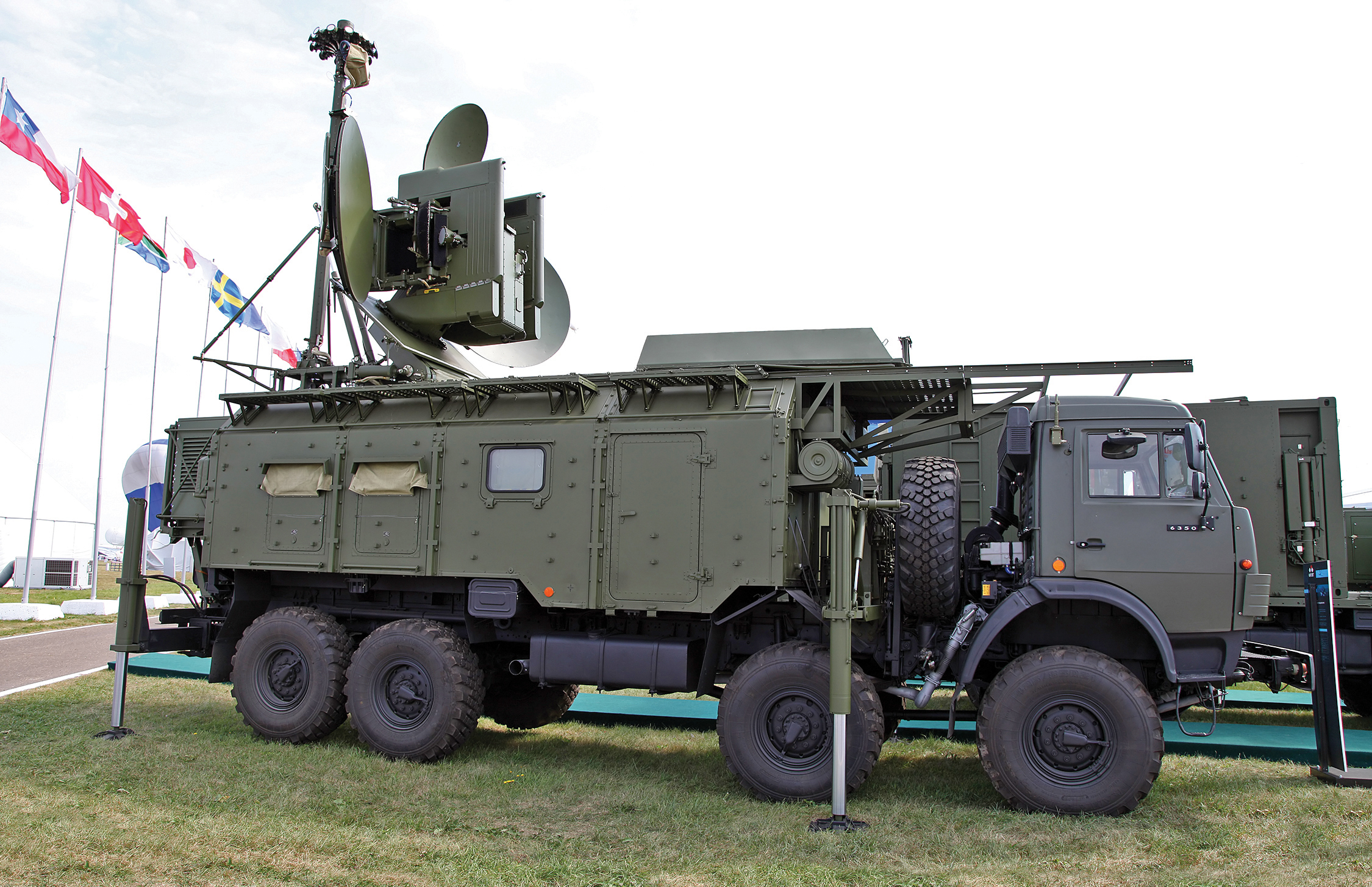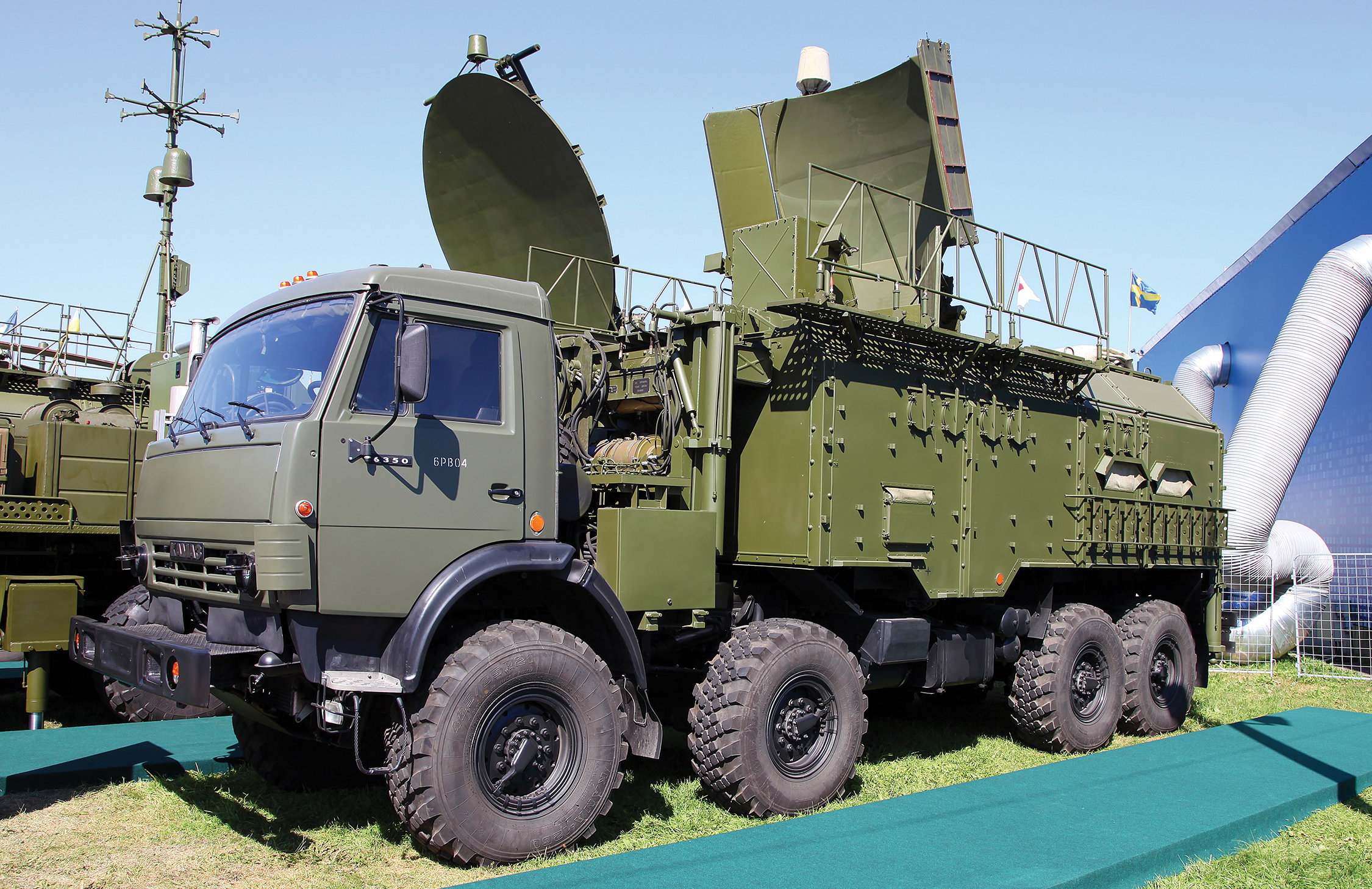Global powers’ military forces are shifting ever more attention to the need for dominance in the electromagnetic spectrum (EMS). This should come as no surprise, as the EMS is not only critical to every part of modern daily life: it enables navigation systems, wireless internet and Bluetooth, but also to military operations. The EMS, made up of the whole range of frequencies from radio waves to gamma rays, plays a large role in the current military modernization taking shape all across the world. Freedom of action in the EMIS is a prerequisite for information-driven, multidomain operations, increased speed and increased accuracy.
The dependencies on the EMS of the most advanced militaries are already high. This has also led to the dynamic that powers inferior in conventional strength, have made the EMS the area of choice for asymmetrical warfare. With all this activity, the EMS gets – in the words of the US armed forces – increasingly “congested, contested and constrained”. Concrete examples of “electromagnetic warfare” remain relatively scarce. But the growing technological sophistication in this field, combined with the ongoing geopolitical competition, makes the growth of offensive and defensive actions in the spectrum highly likely. This article gives insights in how the EMS is crucial for military life, the importance of the EMS in the modernization efforts of the key global powers and the technological possibilities that are expected to feature in (future) electromagnetic warfare.

Modern militaries’ dependency on the EMS
More than a century since the introduction of radio communication, military organizations exploit the full spectrum of frequencies to support operations and intelligence gathering. Technological progress in the EMS has enabled a lot of new military capabilities and concepts, including anything related to multidomain operations and network-centric warfare. Frigates, aircrafts or tanks: the effectiveness of a large number of contemporary weapon systems in all domains is linked to freedom of action in the EMS, and so do systems for Command and Control, Intelligence, Surveillance and Reconnaissance (C2ISR).
For example, modern armed forces would be decapitated without functioning radar (radio detection and ranging) which generate a clear overview of the battlespace and can locate friendly and enemy forces. Radar uses radio and microwave frequencies and is now at times being complemented by light detection and ranging (LiDAR) systems, which for example enable driverless vehicles and minehunters. LiDAR systems use laser pulses to establish the distance, speed and location of a specific object or surface. Another category of systems uses the emission of data from the spectrum for intelligence gathering, for example by mapping heat concentrations indicating troops, vehicles, aircraft or missiles. Missiles themselves commonly use radar or infrared to identify targets after launch.
The wider use of the EMS has also created more crucial dependencies and thus significant vulnerabilities for modern armed forces. Deception can be staged, critical systems such as radars and communications can be disrupted and damaged. As a result, there is also an increase in systems aimed at the protection and the defense of actions in the spectrum, often in the form of sophisticated encryption, signal protection and electronic countermeasures.

American EMS dominance being challenged
In October 2020, the US Department of Defense published an “Electromagnetic Spectrum Superiority Strategy”. Its point of departure is the observation that “the Department is challenged to assure and maintain access, use, fires, and maneuver within the Electromagnetic Spectrum (EMS) at home and abroad. This jeopardizes the US military’s ability to sense, command, control, communicate, test, train, protect, and project force effectively.” Throughout the strategy, there is an acknowledgement that US adversaries are seeking to exploit the vulnerability of the US military’s dependence on EMS-dependent capabilities.
These vulnerabilities have been exacerbated in the last three decades. With the ending of the Cold War with the Soviet Union, the US military discontinued significant parts of its electronic warfare programs. The focus shifted towards expeditionary counterterrorism operations in which the main opponents were operating with a low technological base. For a long time, the US dominance of the EMS remained uncontested, leading to the neglect of the ability to protect and defend freedom of action in the spectrum. But that freedom of action is waning. Ever more often, US forces (and allies) experience a degraded information environment.
In US strategies and doctrine, the EMS has long been identified as an enabler of military operations, but not as an independent warfighter domain. However, the current and future challenges brought by near-peer competitors might cause that to change.

The challenge from Russia
Within its military modernization programs, Russia is treating electronic warfare as a priority area, in line with the Russian strategy and doctrine to focus on operating in the so-called grey zone between war and peace. Electromagnetic warfare can create a contactless fight which disrupts and demoralizes an opponent without physical, kinetic contact. The information environment is used as an active war fighting domain and this includes the EMS, an ideal space to attain an asymmetric advantage over potential opponents.
Russia has a significant number of systems for electromagnetic warfare development, some of which have been tested or demonstrated in the conflicts in Ukraine and Syria. But incidents have also been reported beyond conflict zones, for example during (NATO) exercises in Norway, close to the Russian borders. Amongst the available systems to the Russian armed forces are the Borisoglebsk-2, the Moskva-1 and the Krasukha systems, the Samarkand and Rosevnik-AERO electronic warfare systems, truck-mounted jammers and radio monitoring systems. Russia is able to jam mobile satellite communications and radio navigation, disrupt drone attacks (including swarms), monitor electronic emissions over hundreds of kilometers and spoof signals with a system that mimics or influences Global Navigation Satellite System (GNSS) signals, such as GPS. A false target can be created that leads for example to an aircraft away from an original target and naval navigation can be disrupted. This leads to manipulated positioning, navigation and timing (PNT) data.

The challenge from China
China’s People’s Liberation Army (PLA) has steadily been building up expertise and experience in electromagnetic warfare. According to reports, China is by now at near parity, and in some instances has already surpassed the US in this area. In line with the PLA’s doctrine based on the concept of “active defense”, the electromagnetic spectrum is regarded as an ideal area for proactive, offensive and defensive actions in peacetime (aimed at preventing undesired conflict). Chinese strategies also tend to emphasize integration of various state instruments at hand. In this area, it means the integration and synchronization of computer networks, electronic warfare and kinetic strike capabilities. Setting up for the future, the Chinese authorities also emphasize modernization through the integration of advanced technology such as artificial intelligence (AI).
According to the 2020 Annual Report to the US Congress on Military and Security Developments involving the People’s Republic of China, China’s electronic warfare targets include adversary systems operating in radio, radar, microwave, infrared and optical frequency ranges, as well as adversary computer and information systems. In 2015, China established the Strategic Support Forces. This became a new branch of the PLA fusing and further developing its cyber-, space-, and electronic-warfare abilities and capabilities – putting in practice an innovative concept of integrating these different domains and environments. In recent years, China has conducted many military training and exercises in jamming, anti-jamming operations and other forms of electronic warfare.

(Future) forms of electromagnetic warfare
For the moment, jamming and spoofing are the most common forms of electromagnetic warfare. Jamming creates noise in frequency bands interfering with antennas. Technology to do so is widespread and affordable to many actors. Spoofing is another phenomenon that is on the rise. With spoofing, a receiver is being tricked into misjudging fake signals as real signals. An often-quoted example is the GPS spoofing that has taken place in the Port of Shanghai. It seems to manipulate the automatic identification system (AIS) transponders almost all ships carry (as required by international law) and that broadcast the identity, position, course, and speed of nearby ships. In the Port of Shanghai case, since 2018, several ships have experienced problems with the AIS system, for example seeing on the display another vessel coming towards the ship at high speed, while the vessel in reality was docked.


In the future, the integration of AI and machine learning and the further development of directed energy weapons, including laser and high-power microwave (HPM), are likely to play a larger role in electromagnetic warfare. AI and machine learning can significantly accelerate the processing of signals. Laser weapons have long been a focus of research and development, but finally seem to mature for operational use. They have the potential to destroy satellites, drones or sensors. HPM at its turn can disrupt and damage systems by emitting “electromagnetic bursts”, with very high-output over a short-period of time. Questions of attribution, regulation and the (il)legality of using such systems to human beings, are likely to become more prominent in international debates as well.
For the moment, the EMS will remain a crucial enabler for modern military action. But, given the technological developments and the willingness of actors to engage in electromagnetic warfare, the trend points towards the spectrum morphing into an actual warfighting domain as well. The novel that retired US Navy Admiral James Stavridis recently (co)authored under the title “2034” is fiction. Nonetheless, it reflects the current uneasiness about the built-up of electronic warfare capacities by potential US adversaries. The novel tells the story of the next World War, in which actions in the electromagnetic spectrum play a key role on the strategic, operational and tactical levels, in every phase of the unfolding conflict.
» By: Dr. Saskia van Genugten
(A Senior Research Fellow in the MENA Peace & Security Prograamme of the Emirates Diplomatic Academy (EDA) in Abu Dhabi)




















